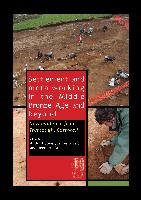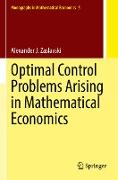Settlement and Metalworking in the Middle Bronze Age and Beyond
BücherAngebote / Angebote:
Between 2008 and 2011 excavations were undertaken by the Cornwall Archaeological Unit at Tremough, near Penryn, Cornwall. The site is situated on a plateau overlooking the Carrick Roads, historically one of the busiest waterways in Cornwall.
The excavations led to a large number of significant archaeological features being uncovered ranging from Neolithic pits to Bronze Age structures and late prehistoric enclosures. Foremost of these sites were a Middle Bronze roundhouse (circa 1500-1300 cal BC) and a large circular Late Bronze Age enclosure (circa 1000-800 cal BC).
Importantly, the roundhouse was found to contain stone moulds associated with the production of socketed tools and pins, and traces of metalworking were found inside the building. As such, the excavations have provided the first evidence for metalworking inside a Middle Bronze Age roundhouse in southern England, as well as radiocarbon dating for a range of metalwork forms. As part of the project finds of metalwork from other roundhouses in the South West region have been reassessed.
The Late Bronze Age enclosure is the first of its type to found in the South West of Britain. It encircled a large number of pits and postholes, some of which were associated with rectangular post-built structures. A carefully made cairn of burnt stone beside a large pit and a second large pit containing burnt stone and pottery were also investigated. These may have been associated with cooking or perhaps with a small-scale episode of metalworking, as the tip of a sword mould was found in one of the pits.
The significance of the investigated sites is fully discussed with regard to their relationships with other prehistoric sites on the plateau and in terms of their wider context with other sites in the South West and beyond.
Folgt in ca. 5 Arbeitstagen




